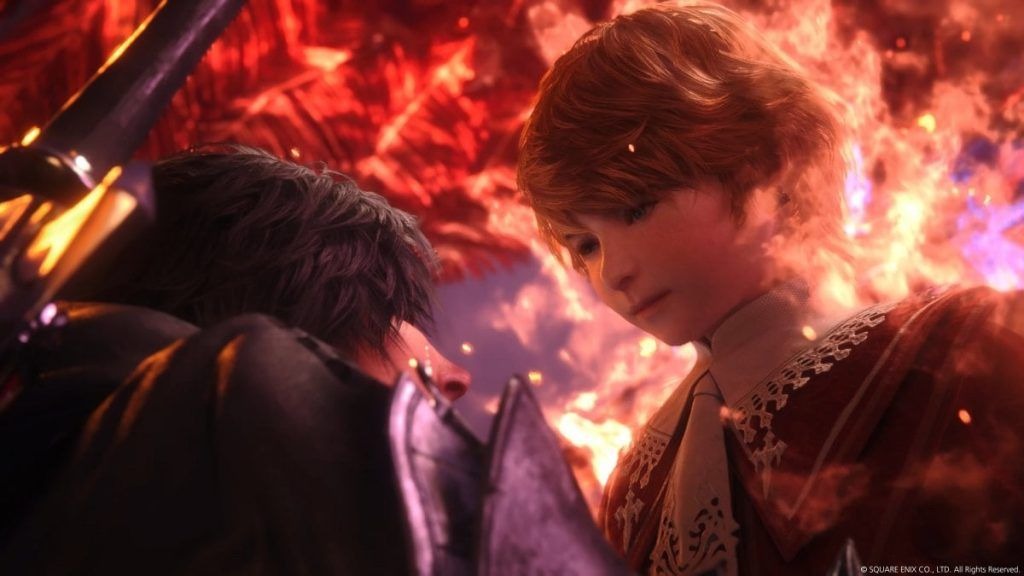Final Fantasy XVI, the latest installment in the long-running RPG franchise, has been generating buzz for its unique approach to diversity. Unlike many modern games, which often strive for a more contemporary or futuristic setting, Final Fantasy XVI takes a decidedly medieval approach to its representation of different cultures and ethnicities.
This approach is evident in many aspects of the game, from its characters to its world-building. The game is set in a fantasy world that draws heavily from medieval Europe, with castles, knights, and magic all playing major roles in the story. Despite this traditional setting, however, the game also features a diverse cast of characters, each with their own unique backgrounds and personalities.
One of the most prominent examples of this diversity is the game’s protagonist, Clive Rosfield. Clive is the son of the Archduke of Rosaria, a kingdom embroiled in a bitter war with its neighboring nation, the Grand Duchy of Ferndale. Clive is half-Rosarian and half-Ferndalian, and this mixed heritage plays a major role in the story. He struggles to reconcile his loyalty to his father and his kingdom with his sympathy for the Ferndalians, who he sees as fellow victims of the war.
Clive’s internal conflict highlights the game’s commitment to exploring complex issues of identity and belonging. The game doesn’t shy away from the fact that the different cultures and nations in its world have deep-seated prejudices and biases against one another. Instead, it confronts these issues head-on and challenges players to think critically about their own preconceptions.
Another example of the game’s diversity is its supporting cast of characters. These characters come from a wide variety of backgrounds and have their own unique perspectives on the world. Some, like the knight Joshua, are loyal to their kingdom and its traditions. Others, like the mage Jill, reject the societal norms of their upbringing and strive to forge their own path.
This diversity is not just limited to the game’s human characters, either. The game’s world is populated by a wide variety of creatures, each with their own cultures and ways of life. Some of these creatures, like the noble chocobos and the sinister malboros, are familiar to fans of the series. Others, like the ferocious wyverns and the enigmatic slyphs, are entirely new additions to the Final Fantasy universe.
Of course, not everyone is happy with Final Fantasy XVI’s approach to diversity. Some critics argue that the game’s medieval setting is inherently limiting and reinforces outdated ideas about race and culture. Others have criticized the game for not going far enough in its representation of marginalized groups, such as LGBTQ+ characters or characters with disabilities.
It’s true that Final Fantasy XVI is not a perfect representation of diversity. There is always room for improvement, and there will always be those who are dissatisfied with the game’s approach. However, I would argue that Final Fantasy XVI is an important step forward for the industry. By taking a traditional setting and infusing it with a diverse cast of characters and cultures, the game challenges players to think critically about their assumptions and biases. It shows that diversity can exist even in the most unexpected places, and that our differences can be a source of strength and unity rather than division.
In conclusion, Final Fantasy XVI’s medieval approach to diversity is a bold and exciting step forward for the franchise. By combining a traditional setting with a diverse cast of characters, the game challenges players to think critically about issues of identity and belonging. While there is always room for improvement, Final Fantasy XVI serves as an important reminder that diversity can exist even in the most unexpected places.
